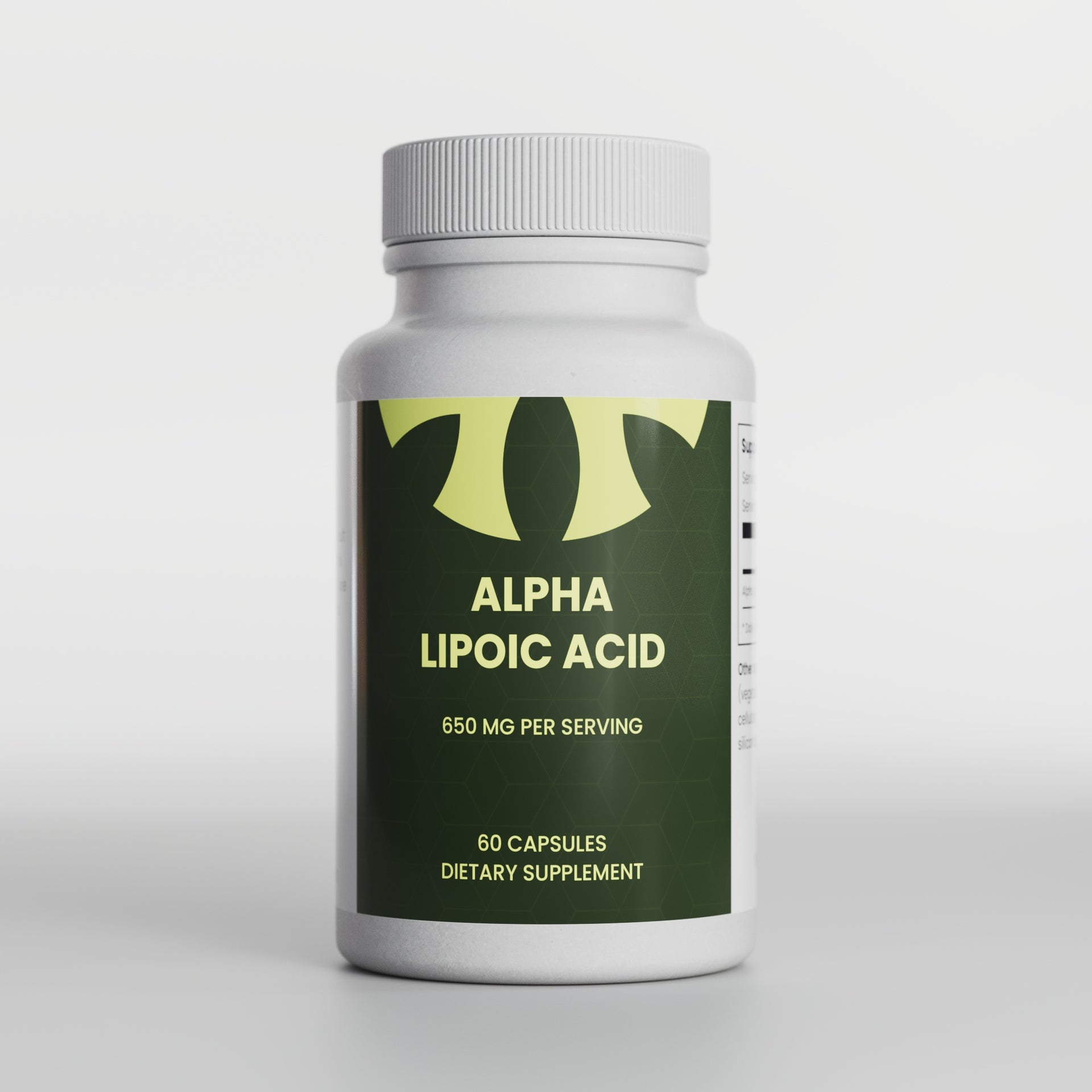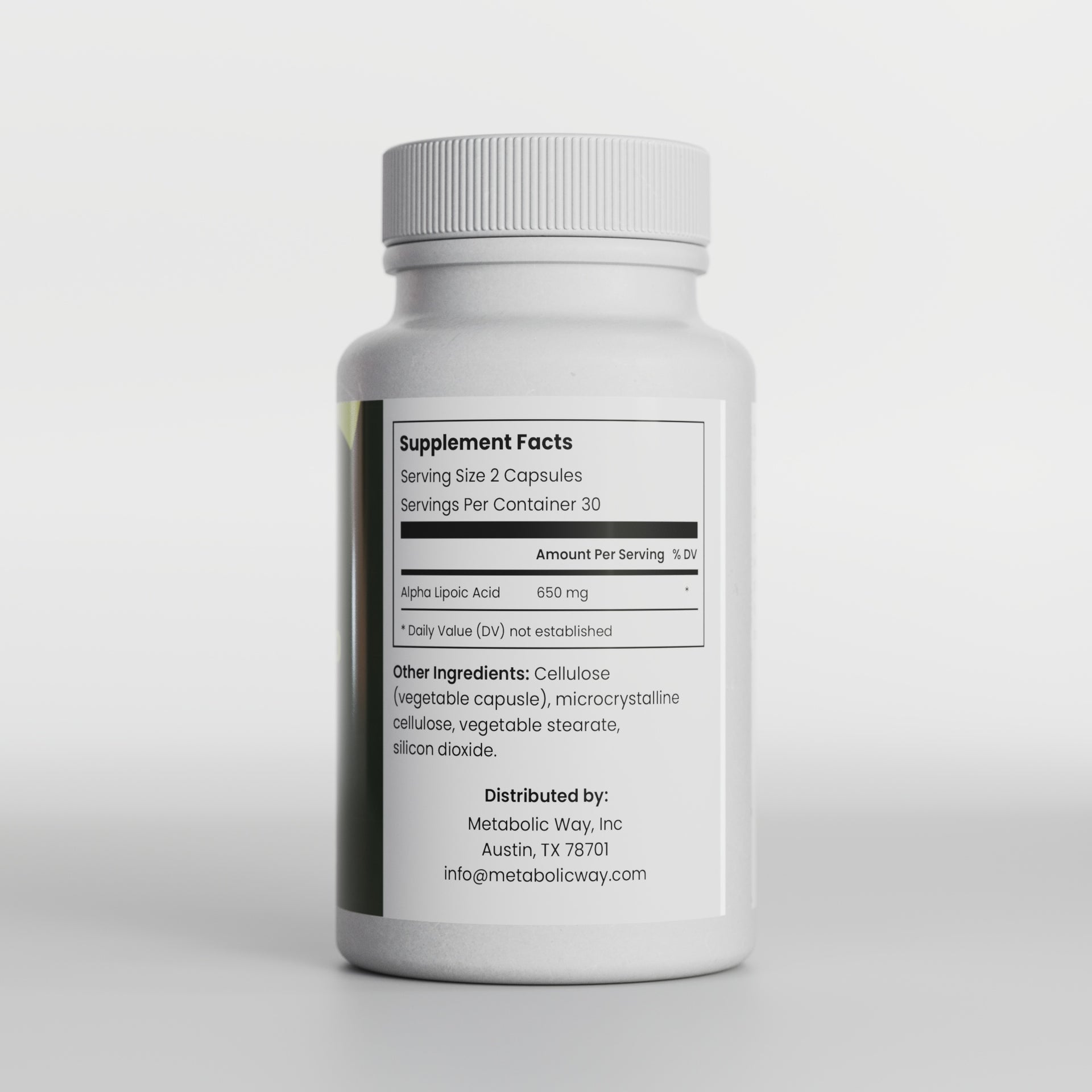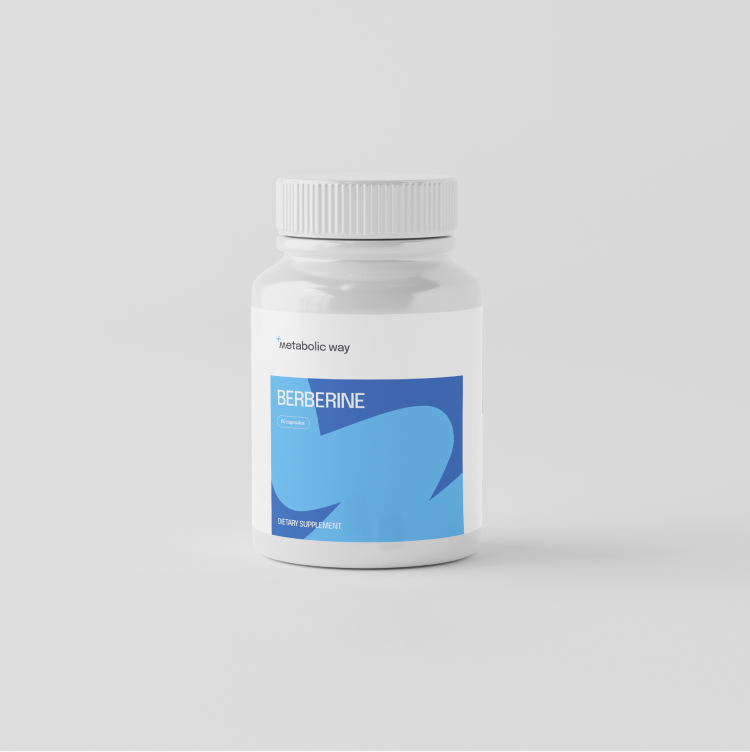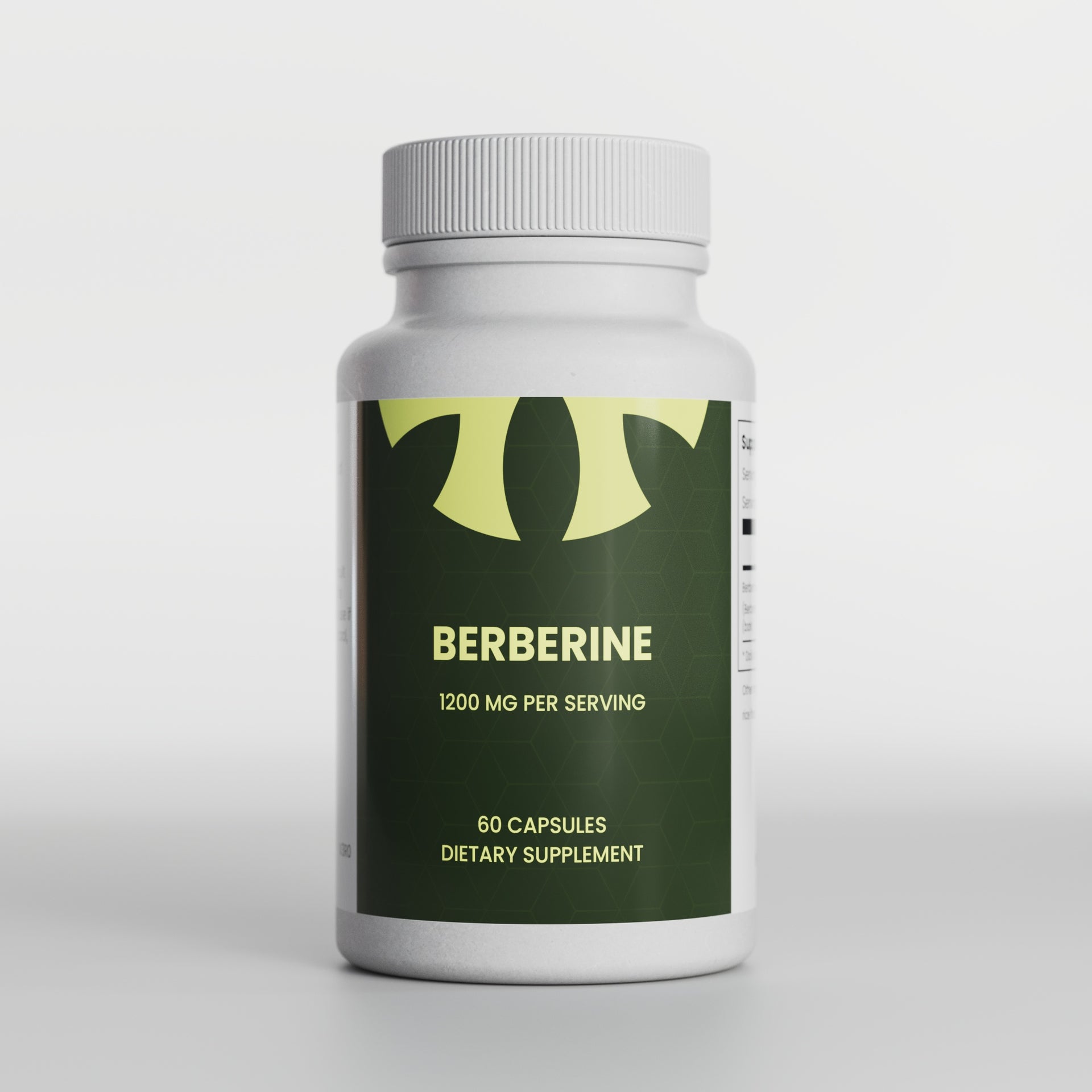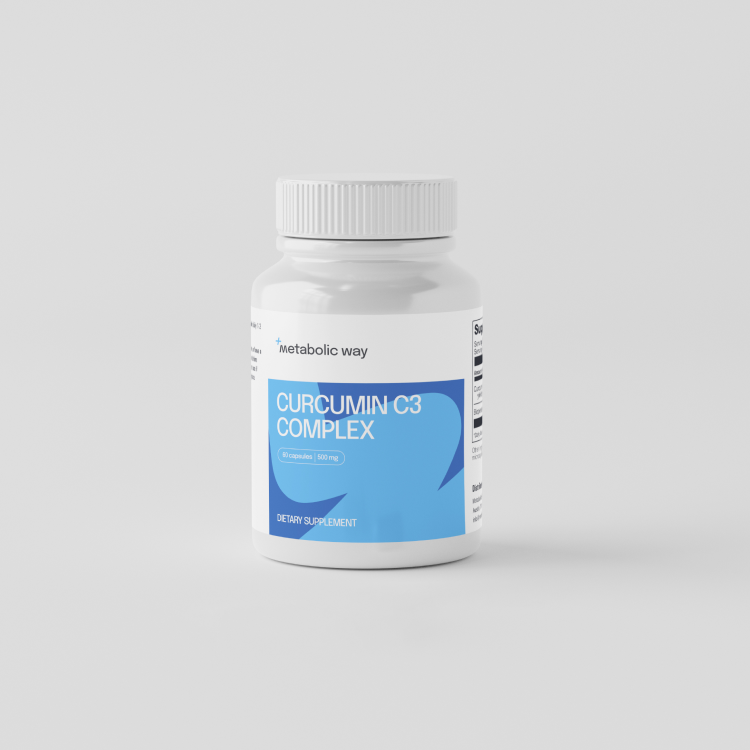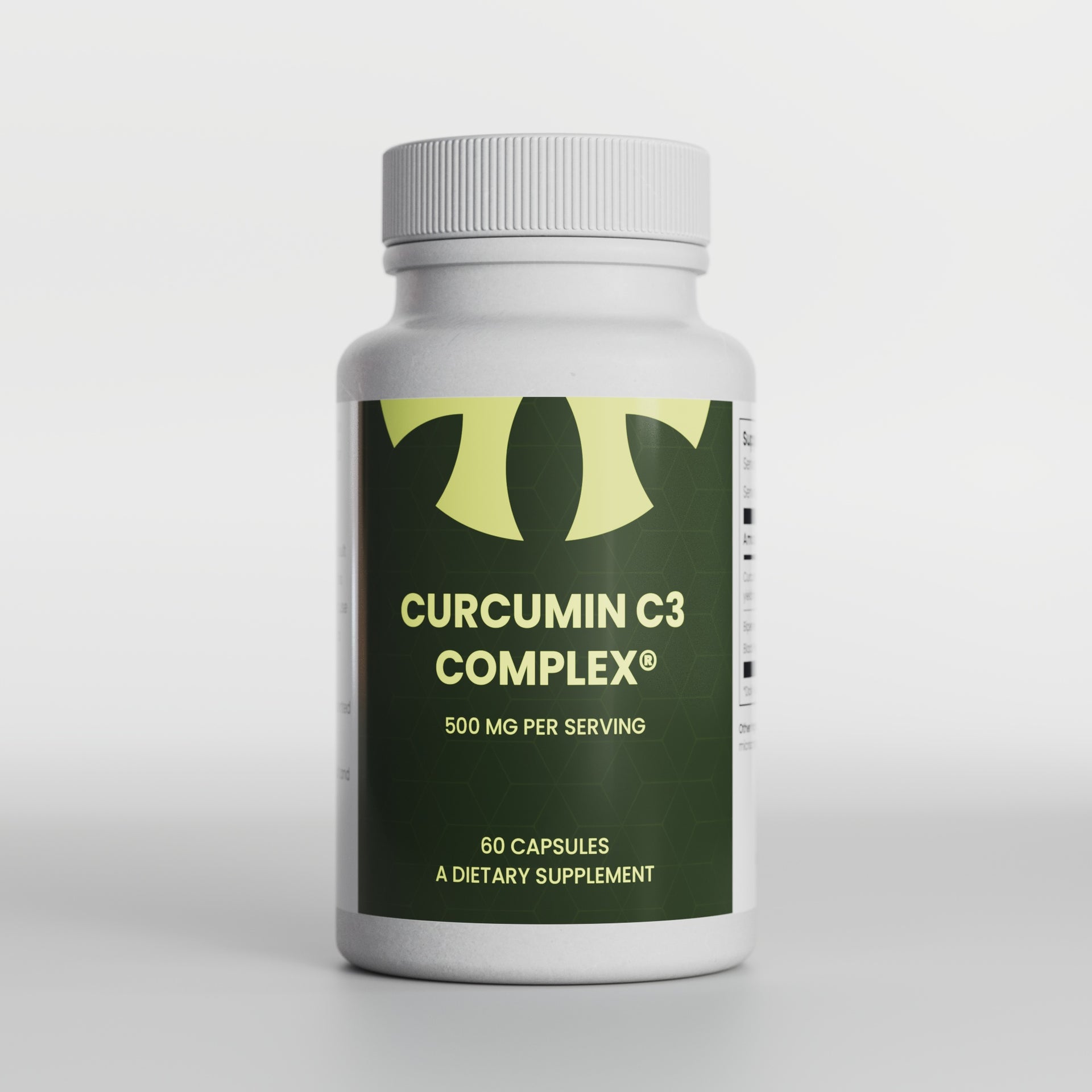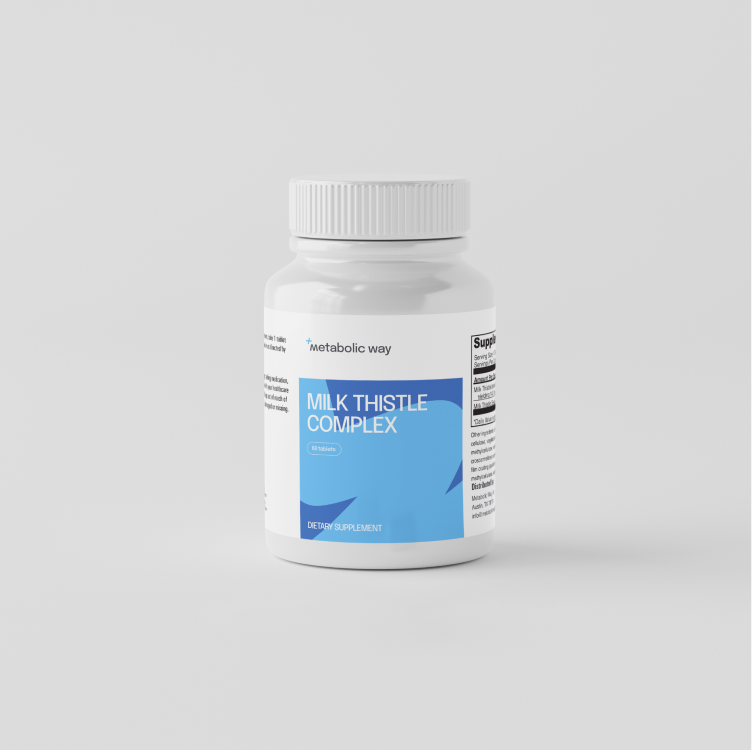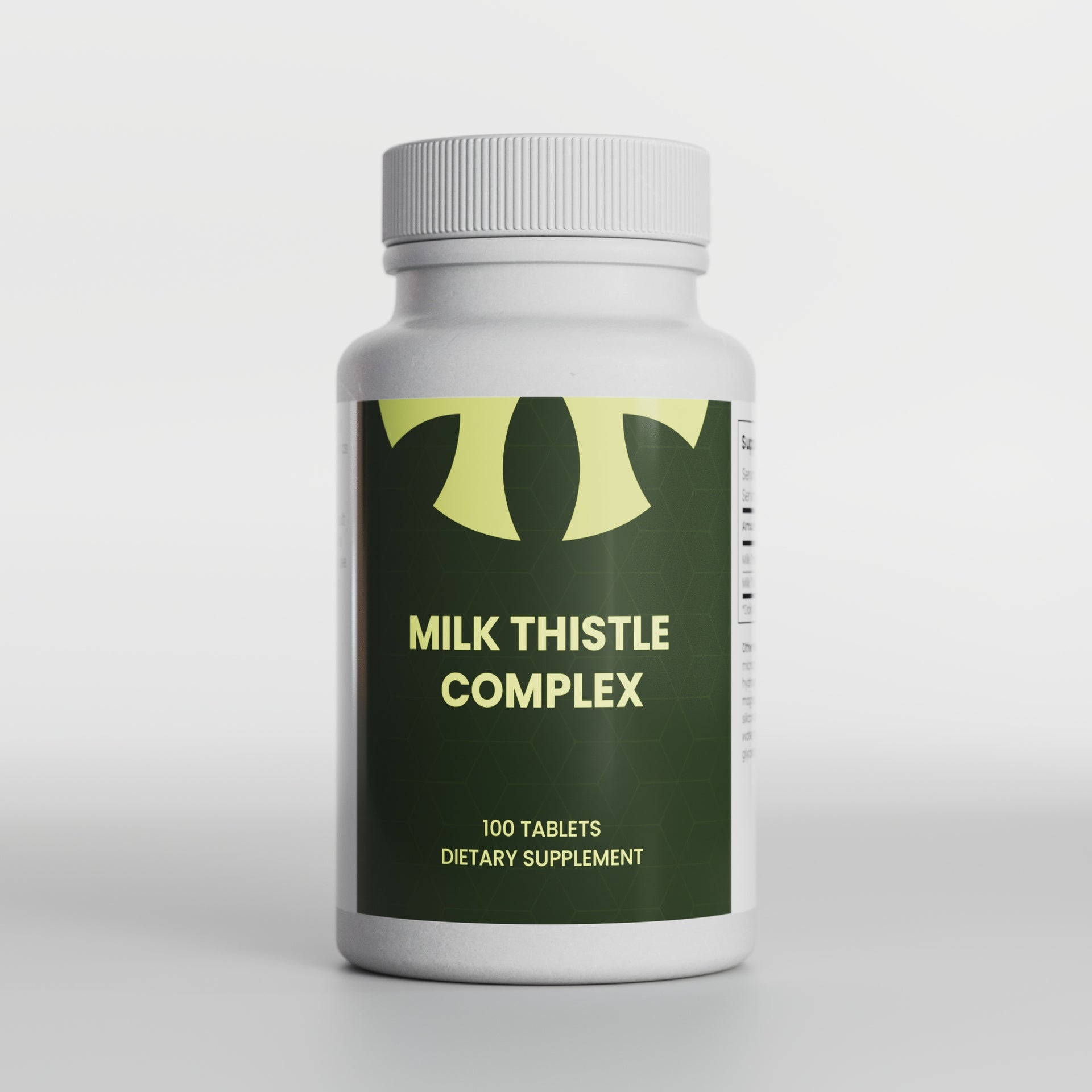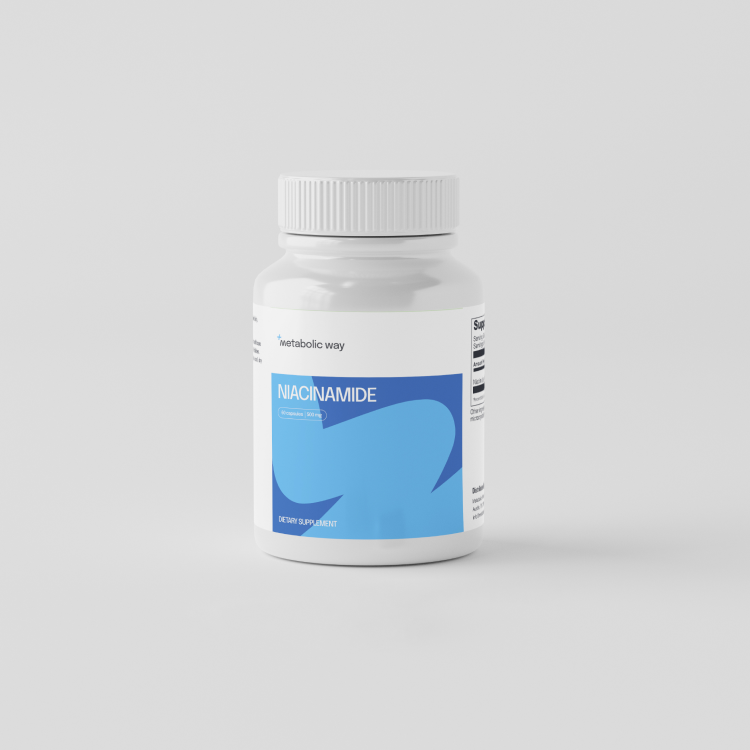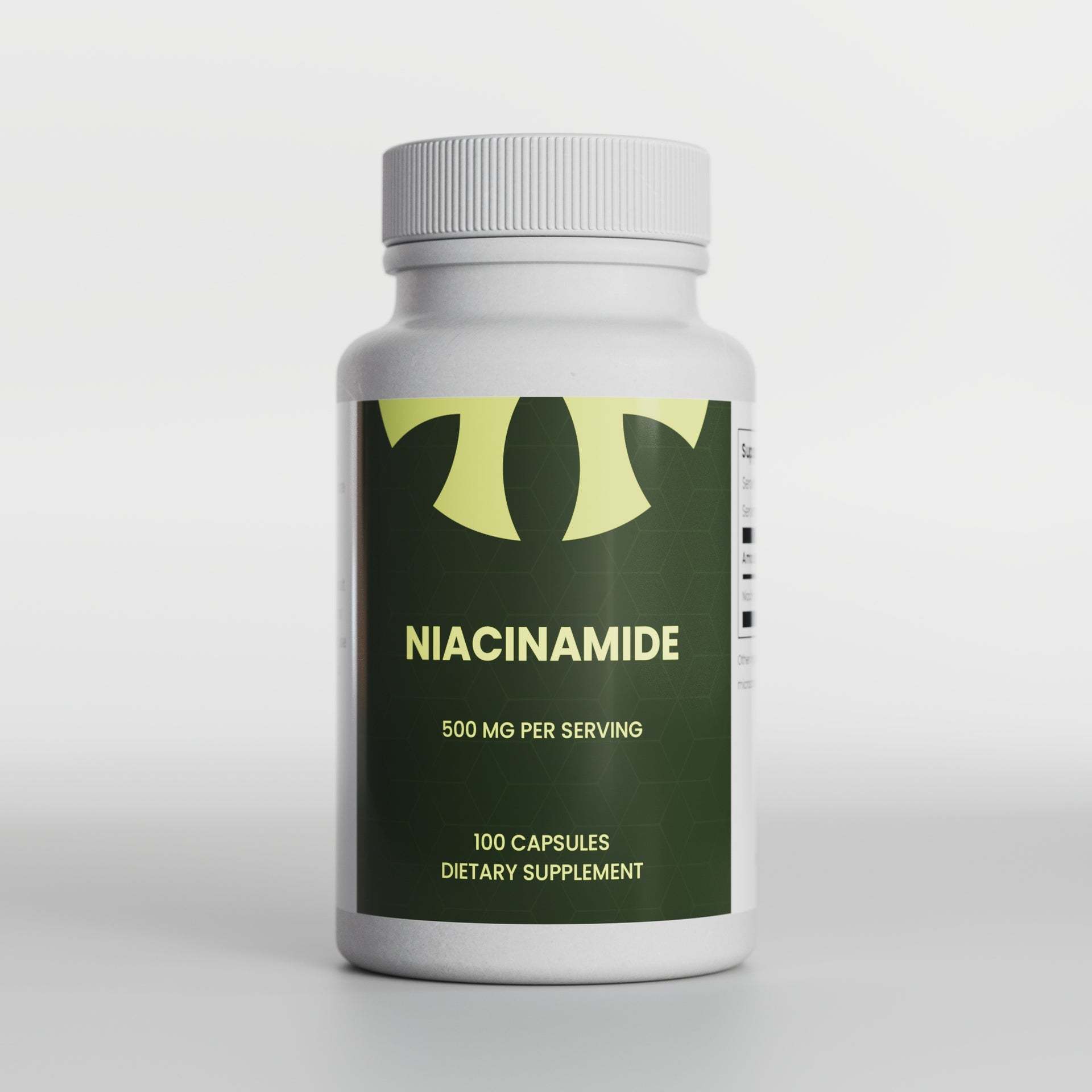Research Highlights:
Main Point 1: High-temperature cooking of foods leads to glycation, a process associated with aging and disease.
Main Point 2: Glycation is linked to an increased risk of cancers, including breast and prostate cancer.
Main Point 3: Glycation can be mitigated through dietary choices and the use of anti-glycation agents.
Scientifically Reviewed by: Dr. Maria Rodriguez, PhD, in October 2023
Introduction
In the pursuit of delicious and convenient meals, many of us unknowingly subject our bodies to a hidden danger – glycation. This chemical process, which occurs when food is cooked at high temperatures, has far-reaching implications for our health, particularly in the context of cancer research and prevention.
Glycation is not a term that readily comes to mind when discussing health, but it should. Recent studies have unveiled the alarming impact of glycation on our bodies, revealing its strong association with aging and various diseases, including cancer. In this article, we will explore the critical link between high-temperature cooked foods, glycation, and cancer. Additionally, we will delve into ways to mitigate the detrimental effects of glycation on our health.
What You Need to Know
Point 1: Glycation is not an innocuous culinary phenomenon; it is a biochemical process that occurs when food is exposed to high temperatures, resulting in the formation of toxic compounds within the food. These compounds, known as advanced glycation end products (AGEs), can wreak havoc when ingested, leading to chronic inflammation and protein damage.
Point 2: The link between glycation and cancer is particularly concerning. Research has shown a significant association between the consumption of heavily cooked meats, such as hamburgers, and an increased risk of breast and prostate cancers. AGEs formed during high-temperature cooking are believed to contribute to this elevated cancer risk.
Point 3: Fortunately, there are strategies to counteract the harmful effects of glycation. Health-conscious individuals can reduce their intake of simple sugars and starches while minimizing their exposure to overcooked foods. Furthermore, certain nutrients, such as carnosine, benfotiamine, and pyridoxal-5-phosphate, have been identified as potent anti-glycation agents and can be included in one's diet or supplementation routine to combat the formation of AGEs.
Section 1: The Culprit - High-Temperature Cooking
Latest Advancements in Treatment
High-temperature cooking is a ubiquitous practice in modern kitchens. Whether we're grilling, frying, or roasting, we often subject our foods to temperatures exceeding 300 degrees. What we might not realize is that this culinary approach comes at a cost to our health.
When foods are exposed to such high temperatures, chemical changes occur, resulting in the formation of advanced glycation end products (AGEs). AGEs are toxic compounds that can have detrimental effects on our cells when ingested. These compounds are not exclusive to a specific macronutrient; whether it's fat, carbohydrate, or protein, when exposed to high temperatures, toxic AGEs form, posing a threat to our well-being.
Subsection 1.1: The Link Between High-Temperature Cooking and Cancer
One of the most alarming findings in recent years is the strong connection between high-temperature cooked foods and an increased risk of cancer, particularly breast and prostate cancers. Studies have shown that individuals who frequently consume heavily cooked meats, such as well-done red meat or grilled meat, face a significantly higher risk of developing these cancers.
For example, research indicates that men who eat just 1.5 servings or more of processed or well-done red meat per week increase their risk of advanced prostate cancer by a staggering 50%. These findings highlight the importance of understanding the potential dangers lurking in our everyday meals.
Section 2: Understanding Glycation - A Silent Threat
Mechanisms of Cancer Growth
To comprehend the gravity of glycation's role in cancer development, it's crucial to understand the underlying mechanisms. Glycation is a process that occurs when food is cooked at high temperatures, causing the formation of AGEs. These AGEs, when ingested, lead to the destruction of functioning proteins in the body and induce chronic inflammation.
Chronic inflammation, as well as protein damage, can create a favorable environment for cancer growth. The oxidative stress and inflammation triggered by AGEs contribute to weight gain and various diseases, making it imperative to address glycation as a significant factor in cancer research and prevention.
Section 3: Combatting Glycation for a Healthier Future
Clinical Trials and Their Importance
In the quest for healthier living, clinical trials have shed light on effective ways to combat glycation. One fascinating study revealed that diabetics who consumed a low-temperature cooked diet not only lost weight but also experienced reductions in blood glucose levels. This suggests that altering our cooking methods can yield tangible health benefits.
Moreover, researchers have identified a specific compound called methylglyoxal, which is produced when food is cooked with dry heat and contributes to glycation-related diseases, including obesity and diabetes. This discovery opens doors to potential interventions that can target glycation and its associated health risks.
Section 4: The Road Ahead - Minimizing Glycation's Impact
Broader Implications and Future Research
As we navigate the intricate relationship between glycation, high-temperature cooking, and cancer, it becomes clear that dietary choices play a pivotal role in our health. By reducing the consumption of simple sugars, starches, and heavily cooked foods, individuals can actively minimize their exposure to glycation-related risks.
Furthermore, the availability of anti-glycation agents, such as carnosine, benfotiamine, and pyridoxal-5-phosphate, represents a significant medical advance. These nutrients can be incorporated into one's diet or supplemented to counteract the formation of toxic AGEs, offering a promising avenue for future research and treatment.
Summary
In summary, glycation is a hidden threat lurking in our kitchens, and it has profound implications for cancer research and prevention. High-temperature cooking gives rise to advanced glycation end products (AGEs), which can lead to chronic inflammation, protein damage, and an increased risk of cancer, including breast and prostate cancers.
However, by making informed dietary choices, reducing exposure to overcooked foods, and considering anti-glycation agents, individuals can take proactive steps to mitigate the detrimental effects of glycation on their health. As we continue to unravel the complex relationship between diet and disease, addressing glycation emerges as a critical aspect of promoting a healthier future.
References:
[1. Vlassara H, Cai W, Crandall J, et al. Inflammatory mediators are induced by dietary glycotoxins, a major risk factor for diabetic angiopathy. Proc Natl Acad Sci U S A. 2002 Nov 26;99(24):15596-601.]
[2. Deitz AC, Zheng W, Leff MA, et al. N-Acetyltransferase-2 genetic polymorphism, well-done meat intake, and breast cancer risk among postmenopausal women. Cancer Epidemiol Biomarkers Prev. 2000 Sep;9(9):905-10.]
[3. Zheng W, Gustafson DR, Sinha R, et al. Well-done meat intake and the risk of breast cancer. J Natl Cancer Inst. 1998 Nov 18;90(22):172

